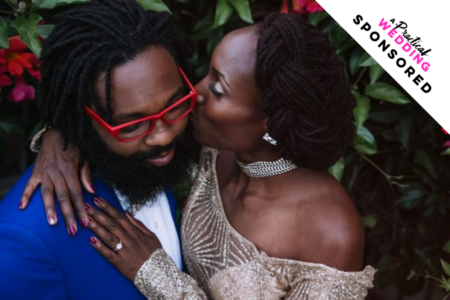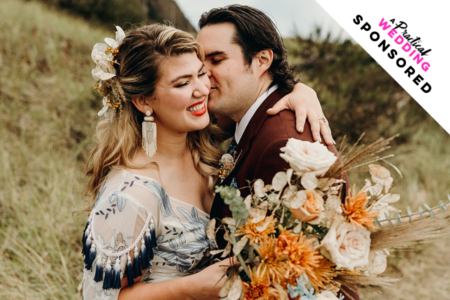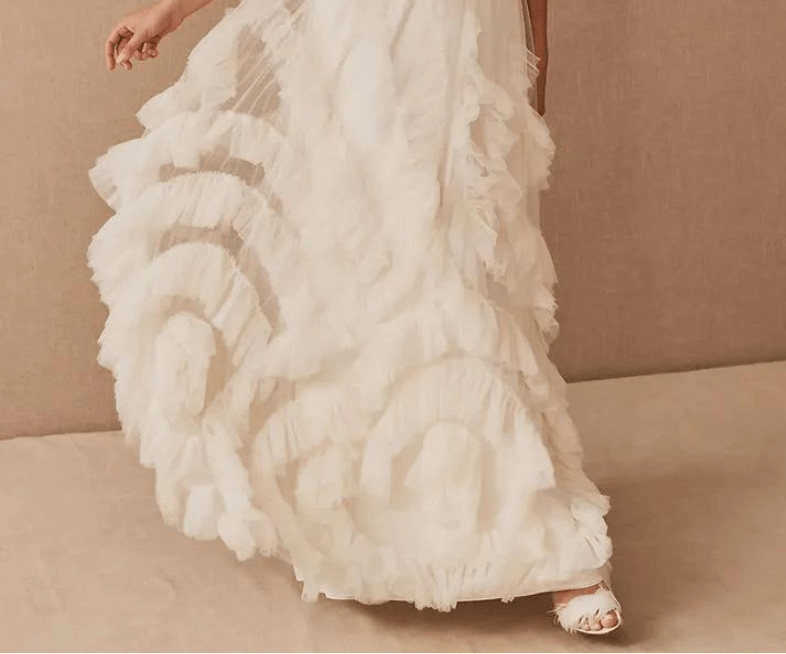
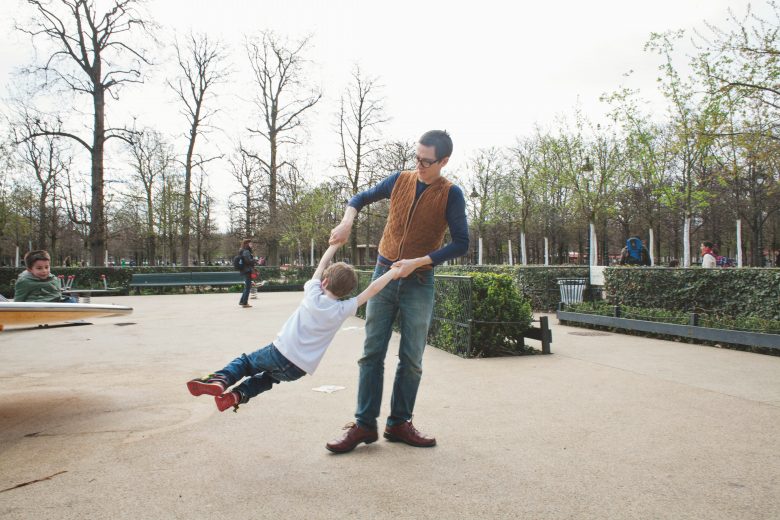
A few weeks ago the three of us went to New York City to celebrate my husband’s thirtieth birthday. Truth be told, the timing wasn’t the best: we were still waiting for my husband to get a job when I bought the airfare, and wedding season had started to slow down so I was a little nervous. Still, he was turning thirty, and I couldn’t think of anything more appropriate for him than a trip to somewhere really cool that we had never visited (plus, part of working in the wedding industry is having blind faith that spring will bring new couples as it always does). So, for the price of a new iPad Air, I bought three tickets to NYC and hoped for the best.
We got a little more than we bargained for. The weekend we went was the same weekend winter storm Jonas hit, and we found ourselves gifted two extra nights in the city. Luckily, our first Airbnb host was lovely and let us stay another night, and we found a second Airbnb ten blocks away (ten blocks… in the snow, with a child). When you add on the extra we spent for lodging, the getting and staying there of our trip was still less than an iPad Pro.
I like to use Apple products for comparison because they’re something a lot of people own—at least a lot of people who would be in a position to read one of these articles about “experiences, not stuff” in the first place. People are rarely surprised that someone scrounged up the money to buy an iPad, but people are consistently surprised that my family of three travels as much as we do.
Here’s the thing, though: we don’t have iPads. In fact, the fanciest iGadget any of us have is my son’s new-to-him iPod shuffle that I bought on eBay for $10 (and it’s been a road trip wonder). We buy the bulk of our bedding and clothing second hand at shops or again, on eBay. A brand new, from the store book, shirt, or toy is a treat, and our biggest regular expense are these truffles that I can’t stop myself from buying (because reasons). My son has a lot of toys, but nothing too massive, and we have one TV (for streaming and video games) that cost us $100 because it’s refurbished. We have found most of our furniture at our local ReStore (including the sweetest light teal tufted back couch), which I one trillion percent recommend. So instead of buying new things, we prioritize experiences over impulsive buys or tantalizing glittery items or super on trend clothing.
“Experiences” is a huge term, and I think a lot of people immediately assume this means super cool trips to places all over the world. And yes, we have taken a few super cool trips to places all over the world, and we have more in the works. Our hope is to take a trip outside of the US once a year (we started last year), but we fill the weeks in between with numerous experiences that cover all kinds of bases. For us, dispersement camping at the base of a mountain two hours from home is an experience—and it’s one that can cost us less than $30, especially when we sleep in our car and just have to buy tea, food, and a little gas. A few weeks ago we drove across our state to visit a wildlife refuge, and the other night my husband and son went to the symphony for our son’s first orchestra performance.
Experiences typically cost us whatever a tank or two of gas is going for these days, which is also usually the equivalent of what a couple of new books or a cool pair of shoes might cost. That’s not always the case, but even when we’re out of the country we tend to do things like visit the library, or walk up and down a famous riverbank while drinking coffee. When in Paris, we stood under the Eiffel Tower for free (instead of going up it), and in New York we chose “pay as you want” museums because we felt we could support them with an amount that both made sense to our budget, but also acknowledged all of the super cool stuff to be seen. In our home, “experiences, not stuff” means just that: choosing to go cool places and see cool things instead of choosing to buy cool stuff. Some people can swing both the latest gadgets and awesome experiences, but some of us can’t. As for us, we’ve just made a lifestyle choice that we’re rolling with.
It would be easy to get preachy and holier-than-thou about the more detailed hows and whys of why we don’t like to buy things and consider impulse shopping the bane of our society/bank account, but I won’t, because honestly? If you like going to Target and buying really pretty, decorative plates because they make you smile, power to you. It’s not my place to tell you what to spend your money on, and if you want to get that new couch… girl, get that couch!
But if you’re in the position where seeing those “experiences, not things” memes on Facebook makes you roll your eyes and think, “Easier said than done,” you’re not wrong. The catch, though, is that it’s not impossible. We’ve made it work by a combination of focus, discipline (impulse purchases be damned), many conversations and verbal reminders about our goals, and a whole lot of budgeting. And honestly? There are times when all I want to do is go out and buy something shiny and new just… because, and I have to remind myself of the long term goals we have in mind. Like, do I really want to buy brand-new bedding that actually all matches and is coordinated, or do I want to put that money away for a trip to Mexico later this year? In our house, Mexico wins. At least it does 9.5 times out of 10.
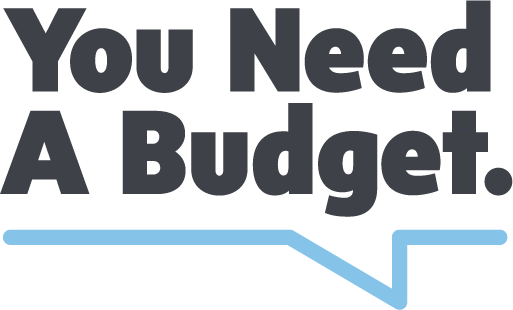
This post was sponsored by You Need a Budget. If you’re trying to figure out how to manage your financial goals with your financial reality, then YNAB might be able to help you do just that. It’s a powerful yet flexible tool for managing your finances, that encourages you to be thoughtful about what you spend your money on, so that things like travel can be possible, even if you don’t have buckets of cash. With the YNAB method, all of your regular and recurring expenses are budgeted in advance, so you’re able to plan ahead for incidentals and, more importantly, fun. And YNAB‘s brand new version of their software lets you manage your finances from your computer or your phone, plus sync up your bank accounts and credit cards for real-time updates to your budget. Click here to learn more about YNAB and download a free 34-day trial.


